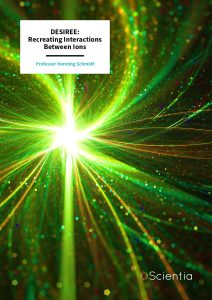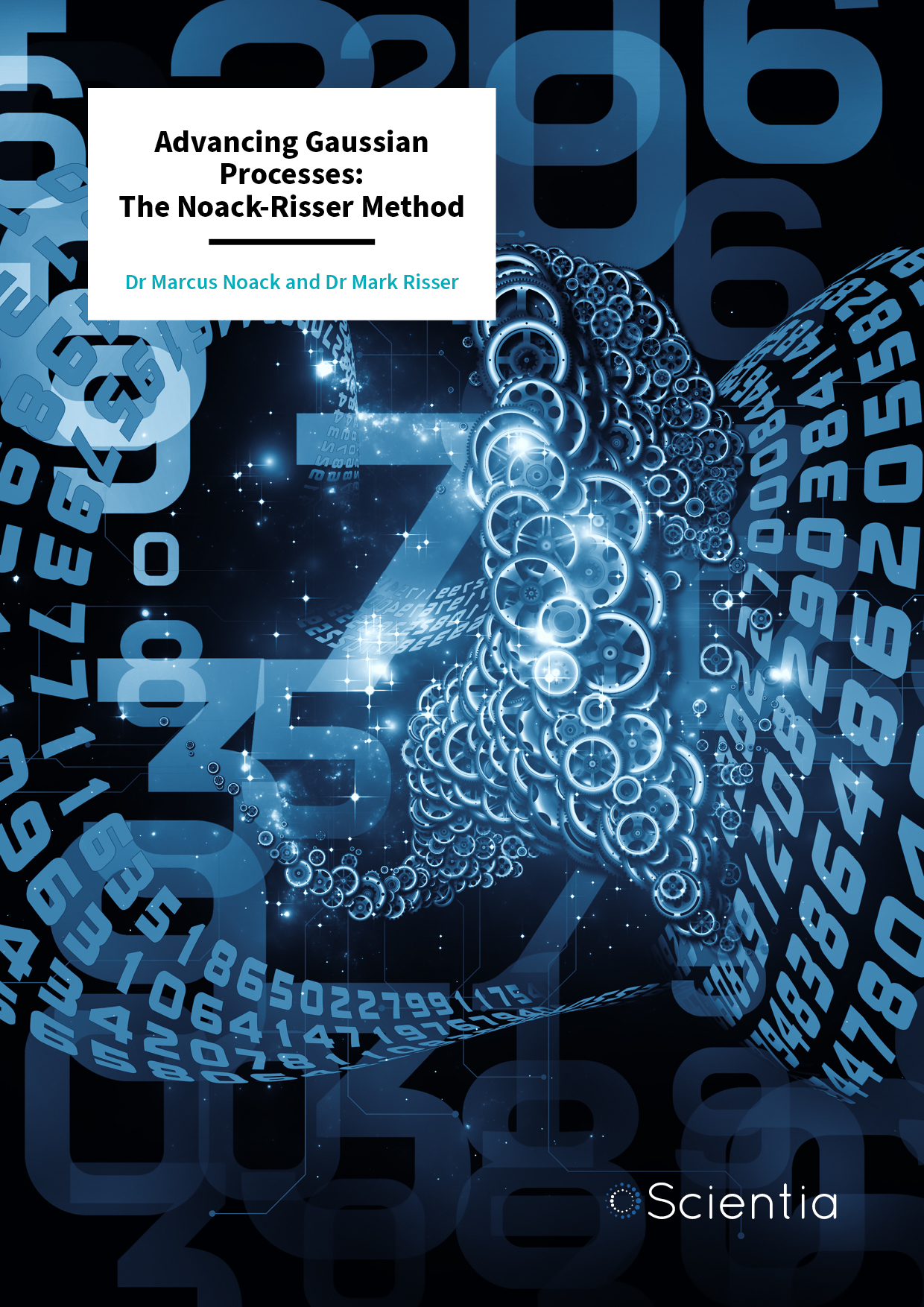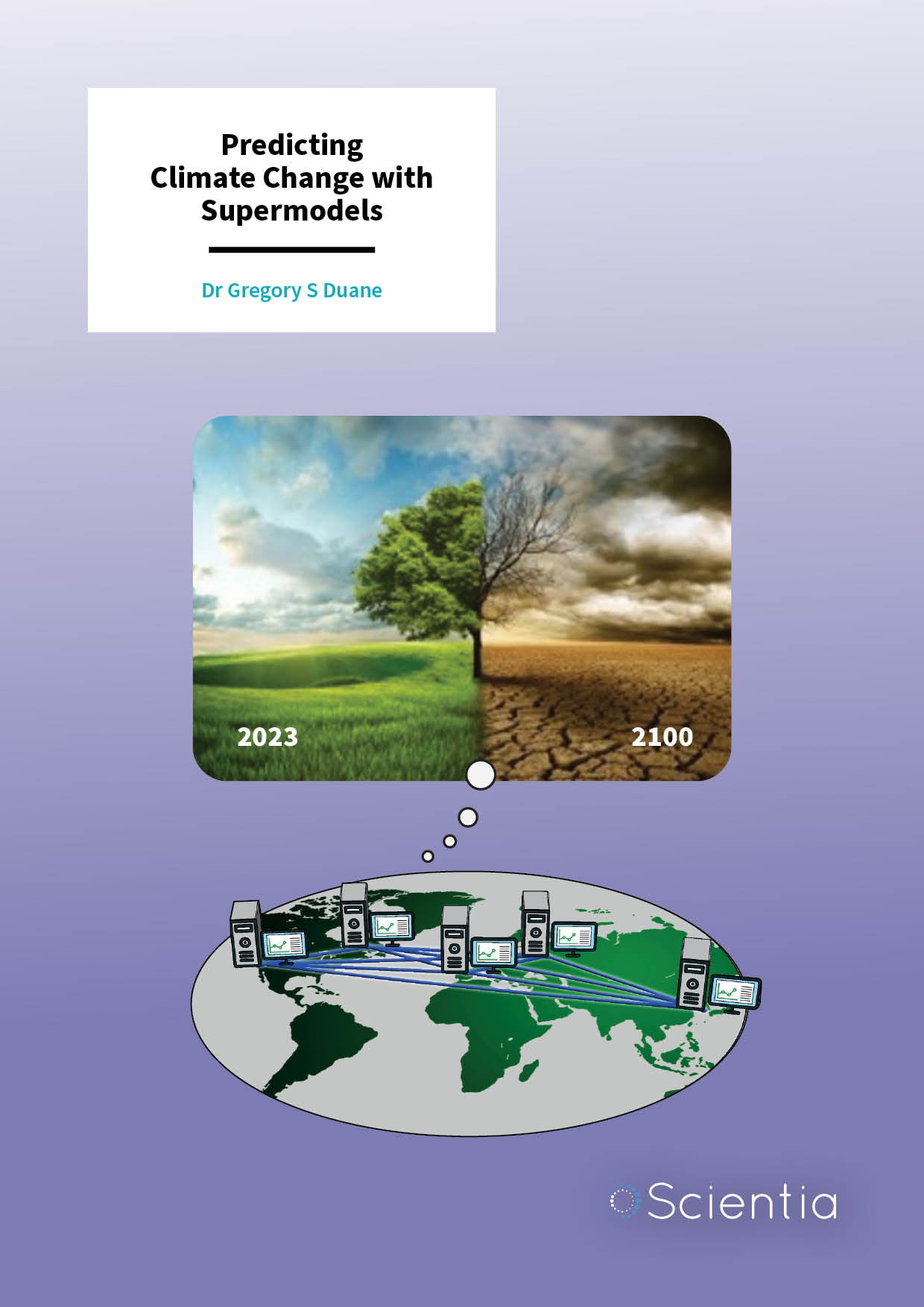Professor Henning Schmidt | DESIREE: Recreating Interactions Between Ions
Interactions between positive and negative ions are important processes in nature. However, there is a lack of experimental facilities designed to study them in detail. This picture could now be changing thanks to DESIREE: a facility where different ion beams can be stored and cooled for extensive periods within separate rings, before colliding with each other. Run by an extensive team of physicists at Stockholm University, the instrument is shedding new light on how ions interact in a wide range of environments – from dynamic stellar atmospheres, to interstellar space.
Ion Collisions
Many different physical phenomena are centred around collisions between atoms and molecules, and often involve positively or negatively charged ions. These interactions can be found in a diverse array of situations – from engineered chemical reactions in the lab, to processes that play out deep within interstellar space. To study them, physicists must be able to store ions for long periods, before allowing them to react with each other in a controlled environment, and then analyse the resulting products.
In 2015, a new facility at Stockholm University was opened to study the physics of interacting ions. Named the Double ElectroStatic Ion-Ring ExpEriment (DESIREE), the instrument features a pair of rings, shaped like a squashed figure-of-eight. Each measuring 8.7 metres in circumference, these rings use electrostatic fields to confine beams of travelling ions. ‘The purpose of building two rings is that beams of ions with opposite charges can be stored in them, and then meet along a common straight section where they can react with each other,’ explains Henning Schmidt of Stockholm University.
Although DESIREE is a relatively small facility, it has required close collaborations between many different researchers from several universities in Sweden and abroad. Headed by Schmidt, and deputy director Henning Zettergren, the facility now has the status of a National Swedish Research Infrastructure, for which former project leader Henrik Cederquist acts as the chairman of the board. Recently, the team has massively ramped up its efforts to understand the influence of ion interactions on many of the fascinating processes observed by physicists.
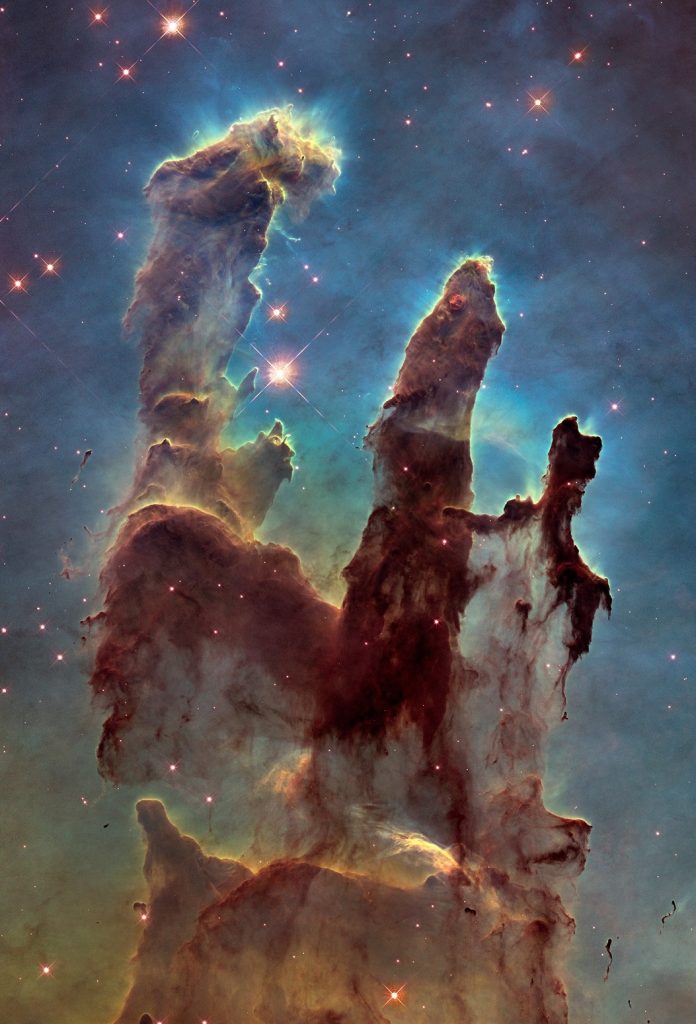
Mutual Neutralisation
Within the shared straight section of DESIREE’s two rings, a process named ‘mutual neutralisation’ can occur as the ion beams from both rings merge together. Here, electrons can jump from the negatively-charged ions in one ring, to the positively-charged ions in the other – neutralising the opposing charges of both ions simultaneously. The resulting uncharged atoms and molecules are then picked up by an imaging detector system, where they can be closely analysed.
Other studies of mutual neutralisation with merged beams are carried out in ‘single-pass’ experiments, in which the ions are not stored in rings, but interact shortly after they form. These experiments have better ion beam control, but ions formed in long-lived excited quantum levels have no time to relax to their ground states before the interaction.
In contrast, DESIREE is able to store ions within both rings for extensive periods – allowing them to pass each other many times within the straight section. This means that the ions in both beams are allowed to cool and relax to their lowest energy states before interacting with each other – providing ideal conditions for studying such interactions.
These improvements have opened up unprecedented opportunities for studying a wide array of processes. ‘Wherever there are negative ions present in natural environments, mutual neutralisation is an important process for their destruction, and thus for understanding their abundances,’ Schmidt explains.
Analysing Optical Spectra
To determine the chemical compositions of stars, astronomers must closely analyse the frequencies of light they emit, across multiple regions of the electromagnetic spectrum. Within stellar spectra, some frequencies of light will appear far dimmer than others, creating characteristic gaps. These appear because certain frequencies are absorbed by specific atoms found within the star’s atmosphere. This ultimately means that the signatures of these elements are effectively imprinted on stellar spectra, allowing astronomers to study the chemical makeups of different stars.
All the same, this analysis doesn’t provide astronomers with all the information they need. ‘This technique has been understood for more than a hundred years, and been used to identify the elements in the stars,’ Dr Schmidt illustrates. ‘To quantify the abundances of each given element, however, requires much more than just identifying it.’
In one relevant example, abundances of sodium compared with other important elements, such as oxygen, can differ widely between different types of stars – such as the ancient stars found in dense ‘globular clusters’, and younger stars in the galactic disk. As a result, understanding how this abundance varies over time would offer key clues about how stars evolve.
Elsewhere, abundances of magnesium are central to our understanding of stellar evolution in smaller main-sequence stars, including our Sun – as well as older red giant stars. Without concrete methods to understand the link between stellar spectra and elemental abundances, many aspects of these evolutionary processes would remain a mystery.
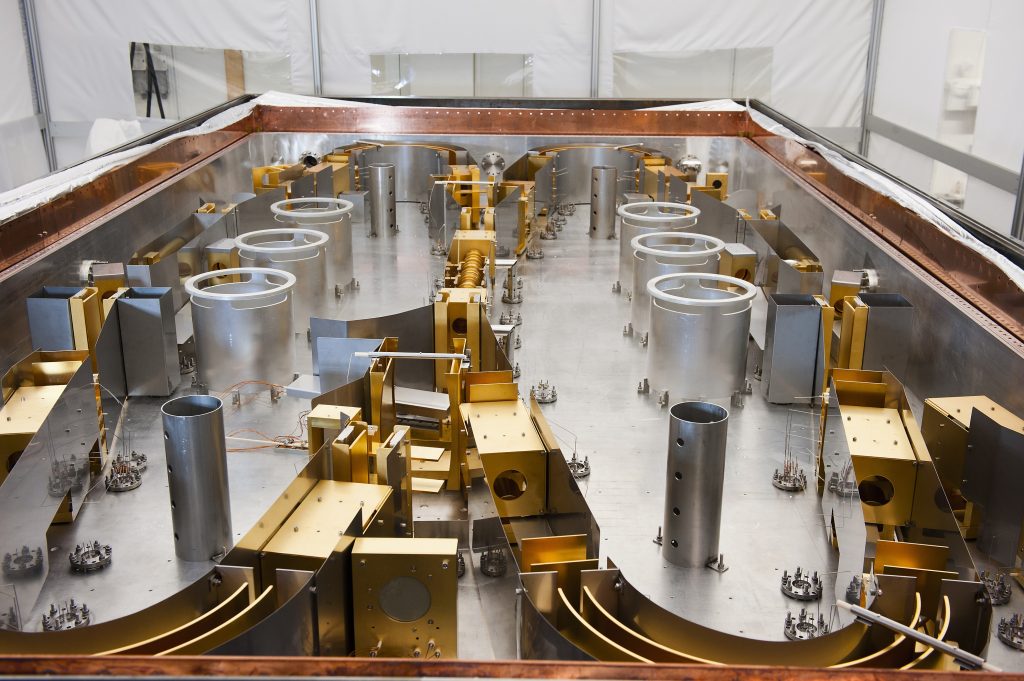
Understanding Ion Abundances
In both of these processes, mutual neutralisation between negative hydrogen ions, and positive ions of either sodium or magnesium, plays a central role. So far, however, our understanding of how these interactions occur has been held back by limitations in our experimental capabilities.
‘To know how much of that element is present from the observation of the spectra, we need a detailed understanding of the mutual neutralisation processes taking place in the stellar atmospheres,’ Schmidt explains. The new experimental capabilities offered by DESIREE could now finally provide a solution to this challenge.
In two recent studies, Schmidt and his colleagues used merged-beam experiments at DESIREE to study mutual neutralisation between positive ions of sodium or magnesium, and negative ions of deuterium – a form of hydrogen containing both a proton and a neutron in its nucleus. Within DESIREE’s two storage rings, separated ions were first allowed to relax into their lowest energy states, before colliding with each other.
Following this interaction, the researchers then measured the energy states of the resulting neutral elements, revealing characteristic patterns in the abundances of sodium or magnesium in particular states. By closely reproducing the real mutual neutralisation processes taking place in stellar atmospheres, astronomers could gain a far clearer picture of how different abundances of sodium and magnesium are linked to reductions in particular frequencies of light within stellar spectra – allowing them to study the evolution of stars in more detail.
Recreating Vast Timescales
On far larger scales, ions can be found within material occupying the vast expanses between stars. For astronomers, studying the processes that take place in such an extreme environment presents its own challenges. Since ions in the interstellar medium are so isolated, any interactions between them take place over wide ranges of timescales, up to millions of years – creating a clear disconnect with the far shorter timescales of merged-beams experiments on Earth.
In this case, a key requirement is to cool ion beams down to cryogenic temperatures, just a few degrees above absolute zero. With DESIREE, even these stringent requirements can be met. ‘We are now doing experiments where we make use of the fact that the ions can be stored for very long times, and become very cold in our cryogenic storage ring,’ Dr Schmidt illustrates.
In one early study from 2017, the team used DESIREE to cool a beam of negatively-charged hydroxide ions, which they stored in one of the rings for over 10 minutes. I this case, they paid particular attention to the rotations of the ions. By applying a specialised laser treatment in the straight section, the researchers ensured that over 97% of a beam containing OH− ions stored in the ring were made to occupy their lowest possible energy state.
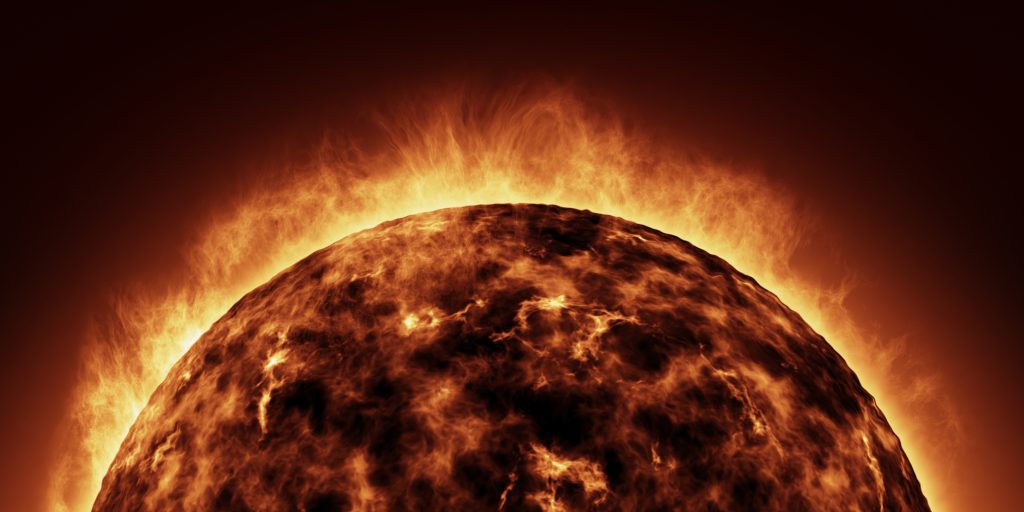
Understanding Interstellar Chemistry
In a more recent study, led by group member Michael Gatchell, a far more complex molecule named coronene, which contains seven fused rings of carbon atoms, was studied. Using DESIREE, they recreated a case where individual carbon atoms were knocked away from the molecules through hard collisions with helium atoms, producing positively-charged ionic fragments. In the interstellar medium, this can occur as atoms are accelerated to high speeds induced by stellar winds and even supernova shockwaves.
For up to a minute after this interaction, the coronene fragments were stored in one of the rings, as the researchers investigated their behaviour. After just 10 milliseconds, they found that the initially hot ions had cooled enough so that they no longer spontaneously decayed at a measurable rate. From this result, they concluded that coronene fragments formed in energetic collisions can survive indefinitely within the interstellar medium, and likely play a key role in its chemistry.
So far, all of these experiments have clearly showcased DESIREE’s advanced capabilities, and with a busy schedule for future research, the team hopes that the facility will continue to expand our knowledge of natural ion collisions in the future. Ultimately, their work highlights the fact that even smaller experimental facilities can push the boundaries of our understanding of physics.
SHARE
DOWNLOAD E-BOOK
LISTEN TO THE AUDIO
REFERENCE
https://doi.org/10.33548/SCIENTIA827
MEET THE RESEARCHER
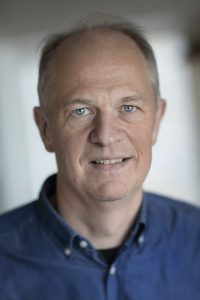
Professor Henning Schmidt
Department of Physics
Stockholm University
Stockholm
Sweden
Henning Schmidt completed his PhD in Physics at Aarhus University in Denmark in 1994. He began his career at Stockholm University in 1998, where he became a Professor in Physics in 2011. He is currently responsible for the department’s Atomic Physics division, which performs both experimental and theoretical research on the properties of atomic systems and collision processes. Much of Schmidt’s research takes place at the DESIREE facility, where the team studies reactions between ions in well-defined energy states. He is a prolific researcher, with over 120 research papers published so far, which have collectively been cited over 3000 times. Schmidt is also passionate about training new generations of scientists, and he has supervised approximately 40 PhD students and postdoctoral researchers.
CONTACT
E: schmidt@fysik.su.se
W: https://www.su.se/english/profiles/schmidt-1.186655
KEY SENIOR COLLABORATORS
Henrik Cederquist, Stockholm University
Henning Zettergren, Stockholm University
Richard Thomas, Stockholm University
Åsa Larson, Stockholm University
Dag Hanstorp, Gothenburg University
Paul Barklem, Uppsala University
FUNDING
Swedish Research Council
The Knut and Alice Wallenberg Foundation
FURTHER READING
J Grumer, G Eklund, AM Amarsi, PS Barklem, S Rosén, M Ji, A Simonsson, H Cederquist, H Zettergren, HT Schmidt, State-Resolved Mutual Neutralization of Mg+ and D−, Physical Review Letters, 2022, 128, 033401.
G Eklund, J Grumer, PS Barklem, S Rosén, M Ji, A Simonsson, RD Thomas, H Cederquist, H Zettergren, HT Schmidt, Final-state-resolved mutual neutralization of Na+ and D−, Physical Review A, 2021, 103, 032814.
M Gatchell, J Ameixa, M Ji, MH Stockett, A Simonsson, S Denifl, H Cederquist, HT Schmidt, H Zettergren, Survival of polycyclic aromatic hydrocarbon knockout fragments in the interstellar medium, Nature Communications, 2021, 12, 6646.
HT Schmidt, G Eklund, KC Chartkunchand, EK Anderson, M Kamińska, N de Ruette, RD Thomas, MK Kristiansson, M Gatchell, P Reinhed, S Rosén, Rotationally cold OH− ions in the cryogenic electrostatic ion-beam storage ring DESIREE, Physical Review Letters, 2017, 119, 073001.

REPUBLISH OUR ARTICLES
We encourage all formats of sharing and republishing of our articles. Whether you want to host on your website, publication or blog, we welcome this. Find out more
Creative Commons Licence (CC BY 4.0)
This work is licensed under a Creative Commons Attribution 4.0 International License. 
What does this mean?
Share: You can copy and redistribute the material in any medium or format
Adapt: You can change, and build upon the material for any purpose, even commercially.
Credit: You must give appropriate credit, provide a link to the license, and indicate if changes were made.
SUBSCRIBE NOW
Follow Us
MORE ARTICLES YOU MAY LIKE
Dr Olalla Castro-Alvaredo | Measuring Entanglement: Symmetry-Resolved Entropy
Dr Olalla Castro-Alvaredo of the City University of London (UK) and her collaborators are advancing our understanding of an important phenomenon of quantum mechanical systems known as entanglement and, especially, its mathematical measures. Symmetry-resolved entanglement entropy is one such measure. Their study focuses on special quantum states which are excited with respect to a ground state. The research shows how the entanglement amongst quantum particles can be measured and assesses the contribution to the entanglement of quasiparticle excitations, particularly in the presence of additional symmetries.
Dr Tsun-Kong Sham – Dr Jiatang Chen – Dr Zou Finfrock – Dr Zhiqiang Wang | X-Rays Shine Light on Fuel Cell Catalysts
Understanding the electronic behaviour of fuel cell catalysts can be difficult using standard experimental techniques, although this knowledge is critical to their fine-tuning and optimisation. Dr Jiatang Chen at the University of Western Ontario works with colleagues to use the cutting-edge valence-to-core X-ray emission spectroscopy method to determine the precise electronic effects of altering the amounts of platinum and nickel in platinum-nickel catalysts used in fuel cells. Their research demonstrates the potential application of this technique to analysing battery materials, catalysts, and even cancer drug molecules.
Dr Marcus Noack and Dr Mark Risser | Advancing Gaussian Processes: The Noack-Risser Method
Dr Marcus Noack and Dr Mark Risser, researchers at Lawrence Berkeley National Laboratory, have recently proposed a significant advancement in the area of machine learning and data science that promises significant computational improvements: the enhancement of exact Gaussian Processes for large datasets, significantly improving data analysis capabilities for samples even beyond 5 million data points.
Dr Gregory Duane | Predicting Climate Change with Supermodels
Our universe is comprised of fascinatingly complex systems. Systems such as the Earth’s climate can, at first glance, seem far too complex and chaotic to predict accurately. Dr Gregory Duane and his team at the University of Colorado have been developing complex computational models that can learn from past data, providing us with intriguing insights and more accurate predictions about the future.

